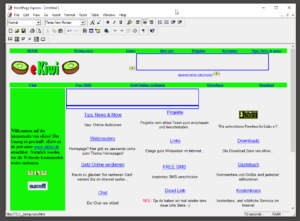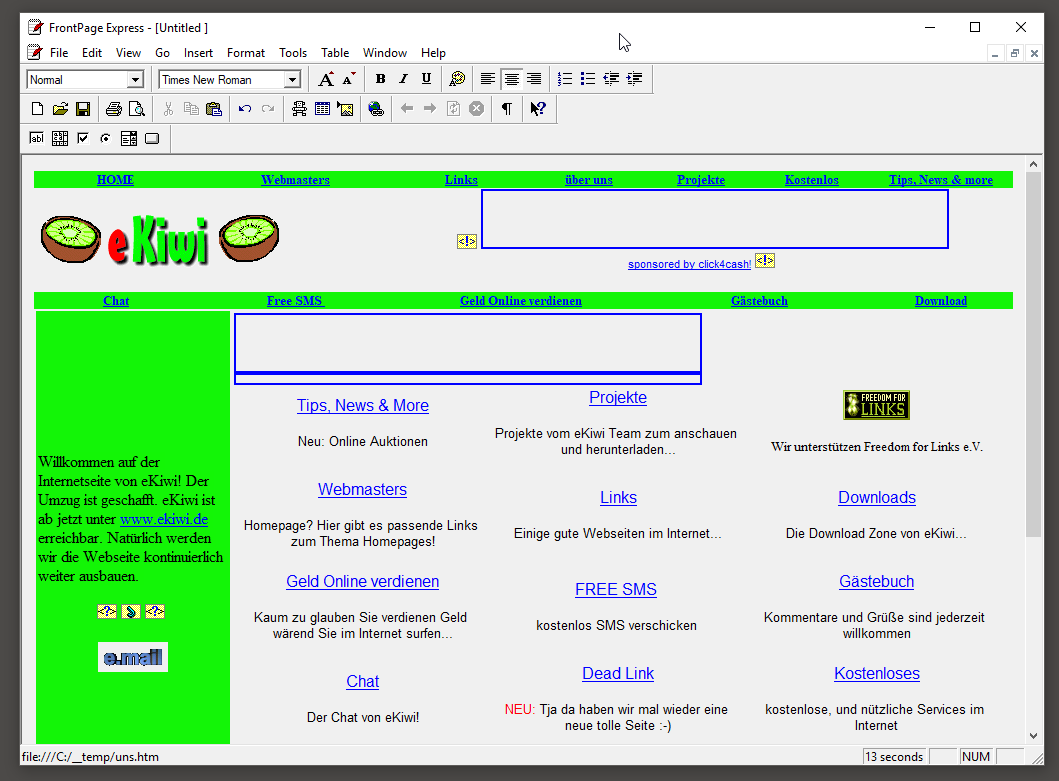

Authentication - sent by a station to another station or AP to authenticate using the Wired Equivalent Protocol (WEP).

ADOBE GOLIVE FRAMES PROBLEMS MAC
In the case of 802.11b, the LLC and MAC layers have specific functions. The Logical Link Control Layer (LLC) is concerned with the transmission of data between endpoints where no switching or routing is involved and the detection of collisions and signals, and the Medium Access Control Layer (MAC) is concerned with functions that involve accessing the data channel and transmission medium and for the actual transmission of the data. The IEEE 802 protocol stack is continued with the 802.11 protocol. This can be very simple in the case of an AP that also serves as a Portal, so that a single BSS can be connected to a Fast Ethernet network as shown. Finally, a Portal can be used to connect a distribution system to another type of network. Several BSS's connected together by a DS form an Extended Service Set (ESS). One or more of these stations can be access points (AP's), which have access to a Distribution System (DS). This does include cases where a station belongs to more than 1 BSS, so they can overlap. The architecture of an IEEE 802.11b network looks like this:Ī Basic Service Set (BSS) is an area where all of the stations are within wireless range of only stations in the same BSS. With this thought in mind, lets consider how such a network might work. Other bands are licensed and can be used only by devices that are licensed by licensors as designated by the FCC. Some bands are open, and anyone can build a device that uses that band as long as they obey some simple rules.


The fundamental property of a wireless network is that it uses unguided media, which means that it operates in a designated frequency band. In the IEEE 802.11 standard there are IEEE 802.11b and 802.11a, which differ only in the frequency band that they use and speed, and IEEE 802.11g which is a faster 802.11b, but may never actually see the light of day.
ADOBE GOLIVE FRAMES PROBLEMS BLUETOOTH
There are several IEEE wireless network standards, including IEEE 802.11 standards for local area networks, IEEE 802.15 for personal networks, such as Bluetooth and IEEE 802.16 for broadband wireless access. As interesting as all this might be, we will limit ourselves to one specific implementation. There are many different types of wireless networks that differ primarily in the frequency band used, the range of the signals and the access methods used. The discussion of 802.11b in the book is reasonably complete so this will be mostly clarifications and extensions.


 0 kommentar(er)
0 kommentar(er)
